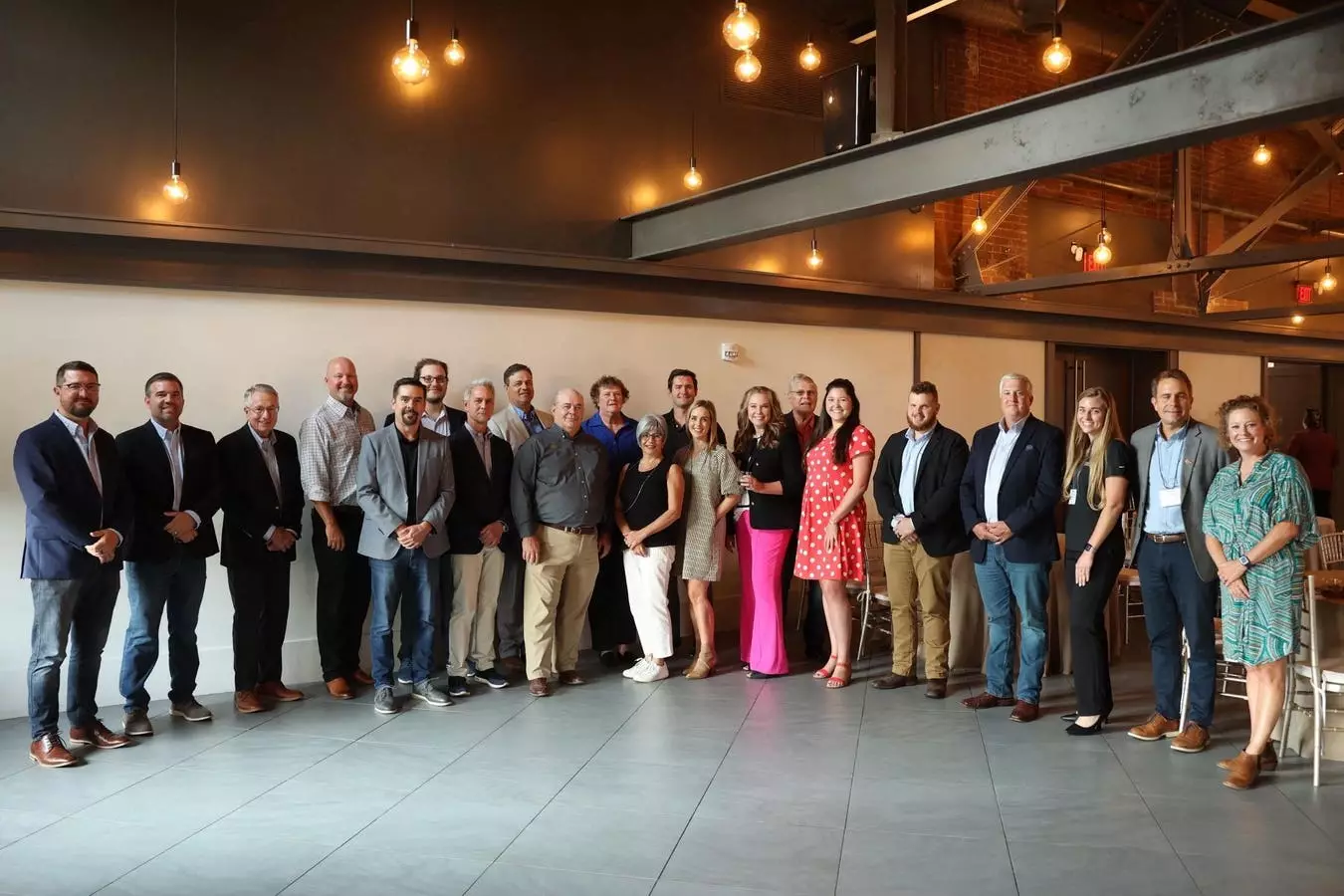The state of Kentucky is often celebrated as the heart of American whiskey production, playing a pivotal role both economically and culturally in the United States. The University of Kentucky has been at the forefront of initiatives designed to bolster this vital industry, reinforcing not just the craftsmanship behind whiskey but also its agricultural roots. The recent formation of the Estate Whiskey Alliance marks a significant evolution in the world of whiskey, opening doors for a more localized, sustainable, and consumer-focused approach to production.
The Estate Whiskey Alliance was established with seven founding members, including well-known names like Maker’s Mark and Heaven Hill Distillery. What sets this alliance apart is its commitment to estate production—whiskey made from grains grown on land owned or directly controlled by the distillery. This model not only emphasizes quality and uniqueness but also aims to create a deeper connection between consumers and the origins of the spirits they enjoy. Landon Borders, the director of the alliance and an executive at the University of Kentucky, notes an increasing interest among distilleries, suggesting that the membership could triple within a year as producers seek differentiation in a competitive market.
At the core of the Estate Whiskey Alliance lies the concept of an “Estate Whiskey Certified” logo, which will mark spirits that meet strict criteria regarding production processes. All aspects of creating this whiskey—from milling to distilling—must take place on the distillery’s own land using grains that are mostly cultivated by the distillery itself. This requirement is more than just a badge of honor; it aims to provide consumers with an assurance of authenticity and traceability in their whiskey experience. In an age where consumers increasingly desire transparency about their products, this certification could become a crucial factor in purchasing decisions.
One of the most intriguing aspects of estate whiskey production is its emphasis on terroir—the unique environmental characteristics that affect the flavors of agricultural products. As Borders highlights, different grains can elicit varied flavor profiles based on their growing conditions, even if they are planted in different areas of the same farm. This dimension of diversity allows for a more enriching consumer experience, offering whiskey aficionados the opportunity to appreciate subtle variations reminiscent of vintage wines. The allure of estate whiskey not only lies in its taste but also in its story—each bottle encapsulates its own narrative of place and people.
The shift towards estate whiskey additionally provides an opportunity to explore heritage and innovative grain varieties that larger production distilleries often overlook. While mass producers tend to prioritize uniformity for consistency across batches, estate producers have the flexibility to engage with a broader palette of grains. This could involve reviving heirloom corn or rye varieties that were historically significant, potentially changing the landscape of whiskey flavors as consumers embrace new tastes and experiences. The movement towards estate whiskey aligns perfectly with wider trends focusing on sustainability and local sourcing, resonating with modern consumer values.
Beyond just distillation, estate whiskey offers a more holistic visitor experience. For consumers taking tours of these estate-based distilleries, there is an opportunity to connect with agriculture firsthand. Visitors can witness the cultivation of the grains, engage with the land, and learn about the intricate processes that transform raw crops into refined spirits. This immersive experience not only fosters appreciation for the whiskey but also opens avenues for educating the public about sustainable farming practices and the significance of local economies.
The emergence of the Estate Whiskey Alliance signals a transformative moment in the whiskey industry, grounded in a blend of tradition, innovation, and sustainability. This movement has the potential not only to reshape consumer preferences but also to strengthen the economic fabric of Kentucky and beyond. As estate whiskey gains traction, it invites whiskey-lovers into a world where every bottle tells a story, encouraging responsible production while celebrating the artistry of distillation. The journey of whiskey from field to glass becomes a narrative rich with heritage and possibility, as consumers become more conscious of the origins of the spirits they cherish.


Leave a Reply